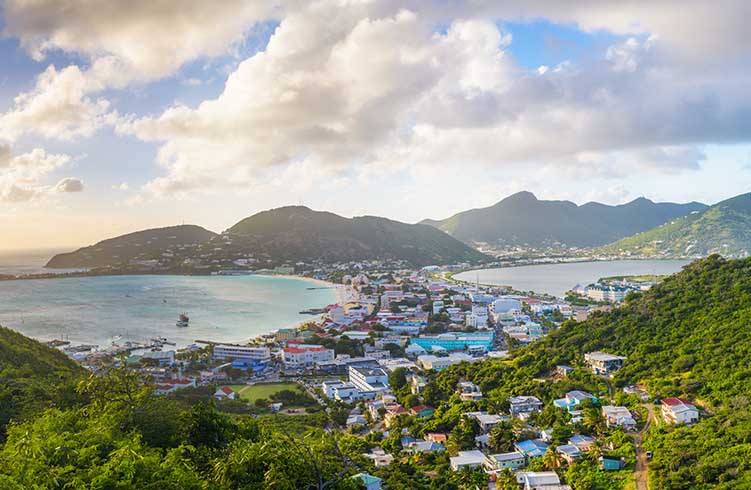
RIVM: Number of positive test results on the six islands is increasing
THE HAGUE – The number of positive test results on the six Dutch Caribbean islands increased last month. This is reported by the National Institute for Public Health and the Environment (RIVM) in the Netherlands. In total, almost 5,000 positive test results were reported in May, 1,000 more than in April. Half of the cases in May were registered in Aruba, 2,610.
NEW Video 10: The financial/health implications of HIV/AIDS SXM
The COVID-19-related hospital occupancy and mortality increased slightly in Curaçao, Aruba and Saba. The omikron-L variant caused most of the infections on the islands in May. Two other omikron variants were also detected during the month. RIVM expects the share of these variants to increase in the course of next summer.
Curaçao
Curaçao reported 1,683 new positive test results last month. This is almost the same as the number of reports in April. The high number of positive test results is probably due to the various festivities in the past period, such as King’s Day and Easter. Large-scale testing was also carried out until 1 June.
In the last week of May, 202 people per 100,000 inhabitants in Curaçao received a positive test result and the test positivity was eighteen percent. Hospital occupancy on the island increased again after some time last month: 17 corona-related hospital admissions and three deaths were reported in May. All the deceased were 75+ years old and two of them were hospitalized.
Aruba
In Aruba, the incidence and the 7-day average are increasing, partly related to an intensified local transmission due to festivities such as King’s Day and Easter, as well as diagnostics among outgoing travelers to the US.
Hospital occupancy also increased last month. There were 2,610 positive test results, 26 COVID-19-related hospitalizations and three new COVID-19-related deaths reported on the island in May.
In April, there were still 874 positive test results. In the last week of May, 629 people per 100,000 inhabitants in Aruba received a positive test result. This incidence counts both tourists and locals. Among locals, the incidence in week 21 was 386 people per 100,000 inhabitants and the test positivity was 47 percent.
St Maarten
On Sint Maarten, the number of positive test results is stable. The island reported 288 positive test results, no Covid-19-related hospitalizations and no new Covid-19-related deaths in May.
In the last week of May, 119 people per 100,000 inhabitants on Sint Maarten received a positive test result and the test positivity was four percent. In a week 14 sample, a first case of another omikron has been detected on the island. It concerned an unvaccinated traveler from South Africa who was later hospitalized. The subvariant has not been detected in samples sent from the island since week 14.
BES Islands
On Bonaire, the downward trend of new positive test results continued. 310 positive test results, no COVID-19-related hospitalizations and one COVID-19-related death were reported from the island in May.
In the last week of May, 168 people per 100,000 inhabitants on Bonaire received a positive test result and the test positivity was 44 percent.
Last month ten new positive test results were reported on St. Eustatius; all younger than 65 and eight of them vaccinated with at least one shot.
The trend in the number of positive test results also remained stable in May. The incidence in the last week of May was 159 people per 100,000 inhabitants. The island reported no new COVID-19-related admissions and deaths in May. Since May 11, the COVID-19 related entry policy has been abolished.
Fifty new positive test results were reported on Saba last month. The incidence in the last week of May was 417 people per 100,000 inhabitants and the test positivity was fifteen percent.
The increase in the number of reports on Saba is mainly due to the Carnival festivities on the neighboring island of Sint Maarten and clusters within households and among children. The majority of infections reported in May concern people aged 0-17 (34 percent) and 40-69 year-olds (26 percent).
Fifteen percent of the adults with a pre-acquired infection were vaccinated with two shots and 76 percent with two shots and a booster. On Saba, three people with underlying ailments were hospitalized in May. One of them died after being admitted to Sint Maarten, but not as a result of COVID-19.
